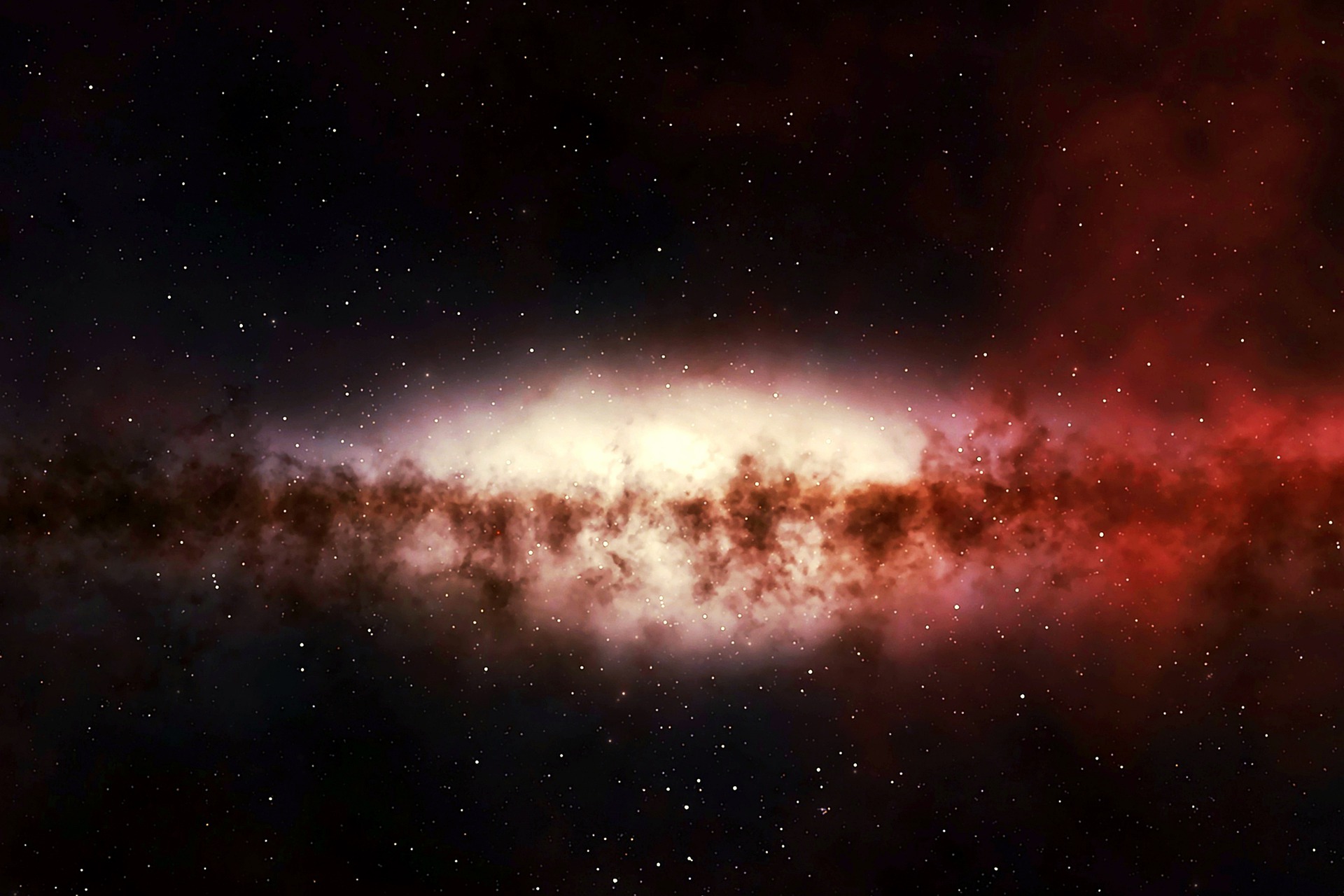|
Getting your Trinity Audio player ready...
|
The Sudbury Neutrino Observatory (SNO), which made important advancements in astroparticle physics, has moved into a new stage. SNO+, a part of SNOLAB, has officially started running in 2022 and has already released exciting results. It picked up signals of antineutrinos generated in nuclear reactors hundreds of kilometers away as it transitioned from SNO to SNO+ while still being filled with water. Arthur McDonald, a professor at Queen’s University, conducted the Nobel Prize-winning study that established neutrinos have mass and may change type while they are moving through space at SNO, which was developed in the Creighton mine in Sudbury. Eventually, SNO laboratory was renamed SNOLAB, the world’s deepest and cleanest laboratory, which is now used for neutrino and dark matter research.
Neutrinos, like electrons, are subatomic particles. However, because they have no electrical charge and very little mass, they interact very little with matter, making them very difficult to detect, despite being abundant in the universe, including on Earth. The goal of the initial SNO experiment was to observe neutrinos despite its difficulties. It is shielded from radiation as well as other interferences because it is two kilometers underground. A sizable acrylic sphere filled with heavy water—a type of water that is denser than ordinary water and frequently used in nuclear reactors—was encircled by a large number of delicate light detectors.
The experiment was effective in identifying neutrinos that were coming from the core of the sun and were continuously pounding Earth. In 2018, SNO changed into SNO+, which now detects neutrinos using a liquid scintillator. For a while, while the equipment was being upgraded, the vessel was filled with pure water. During this period, the team observed something exciting: SNO+ detected antineutrinos produced by nuclear reactors located hundreds of kilometers away in the Darlington, Bruce, and Pickering generating stations.
This was the first time such a signal was detected by a water-based detector. The results show that it is possible to create antineutrino detectors for nuclear reactor monitoring using water, a cheap and simple material. Researchers working to use neutrino technology for nuclear non-proliferation have long envisioned having the ability to monitor various nuclear reactors by observing the antineutrinos they produce, according to SNO+ director Mark Chen, Patricia and Gordon Gray of Queen’s Department of Physics, Astronomy, and Engineering Physics. This result also shows that our detector is functioning very well and makes us excited for the next phase of the experiment.”
The recent research indicates SNO+’s sensitivity to antineutrinos from remote nuclear power plants, which can be utilized with a liquid scintillator detector. Alex Wright, IPP Research Scientist and a member of SNO+ and Queen’s Department of Physics, Engineering Physics and Astronomy, explains, “Our strategy is to conduct new and exact observations of how neutrinos change type as they propagate, clarifying the phenomenon found in the original SNO experiments.”
SNO+ has been up and running since 2022, filled with liquid scintillator. The neutrinoless double beta decay, a rare radioactive decay that produces no neutrinos, is the next uncommon phenomena that researchers hope to see. Two neutrons inside an atom’s nucleus decay producing two protons and two electrons in neutrinoless dual beta decay, but no neutrinos nor antineutrinos are released. Only if the double decay produces both a particle and an antiparticle, which would essentially annihilate one another, can this happen. If neutrinoless double beta decay is observed, it will prove that neutrinos are their own antiparticles.
Dr. Wright says, “This would have significant implications for our understanding of neutrinos, particularly in how they acquired very small but non-zero masses. It could even help us explain one of the great mysteries of the universe – how there came to be more matter than antimatter and, therefore, how we can exist.”
The detection of neutrinoless double beta decay is a challenging task that requires extremely sensitive detectors, and SNO+ is one of the few experiments that have a chance of detecting this phenomenon. Researchers are optimistic about the possibility of observing this rare event using SNO+ and are eagerly awaiting the results.
The study of neutrinos has become increasingly important in recent years, as scientists seek to understand the properties of these elusive particles and their role in the universe. The findings from SNO and SNO+ have already provided valuable insights into the behavior of neutrinos, and the future of neutrino science looks bright with the continued work of experiments like SNO+.


